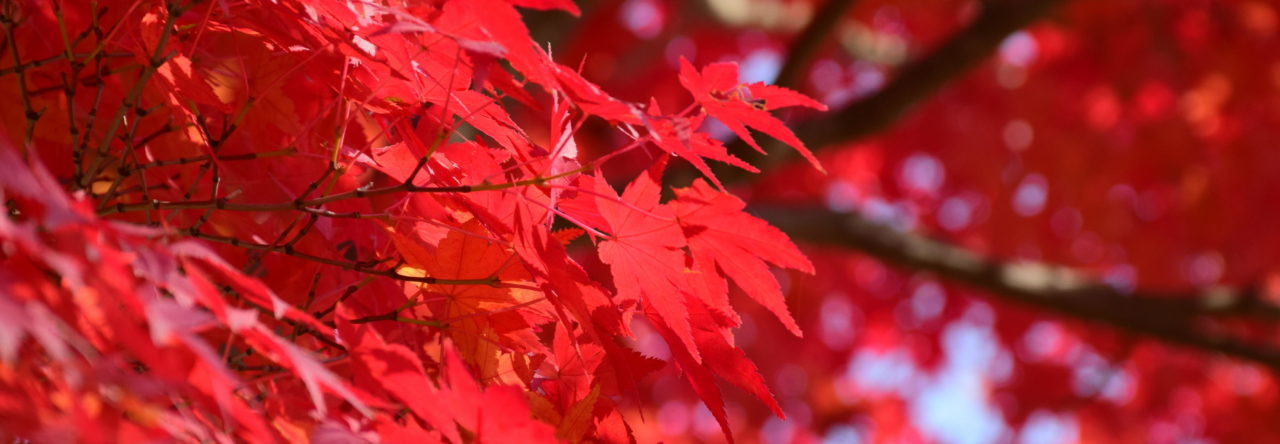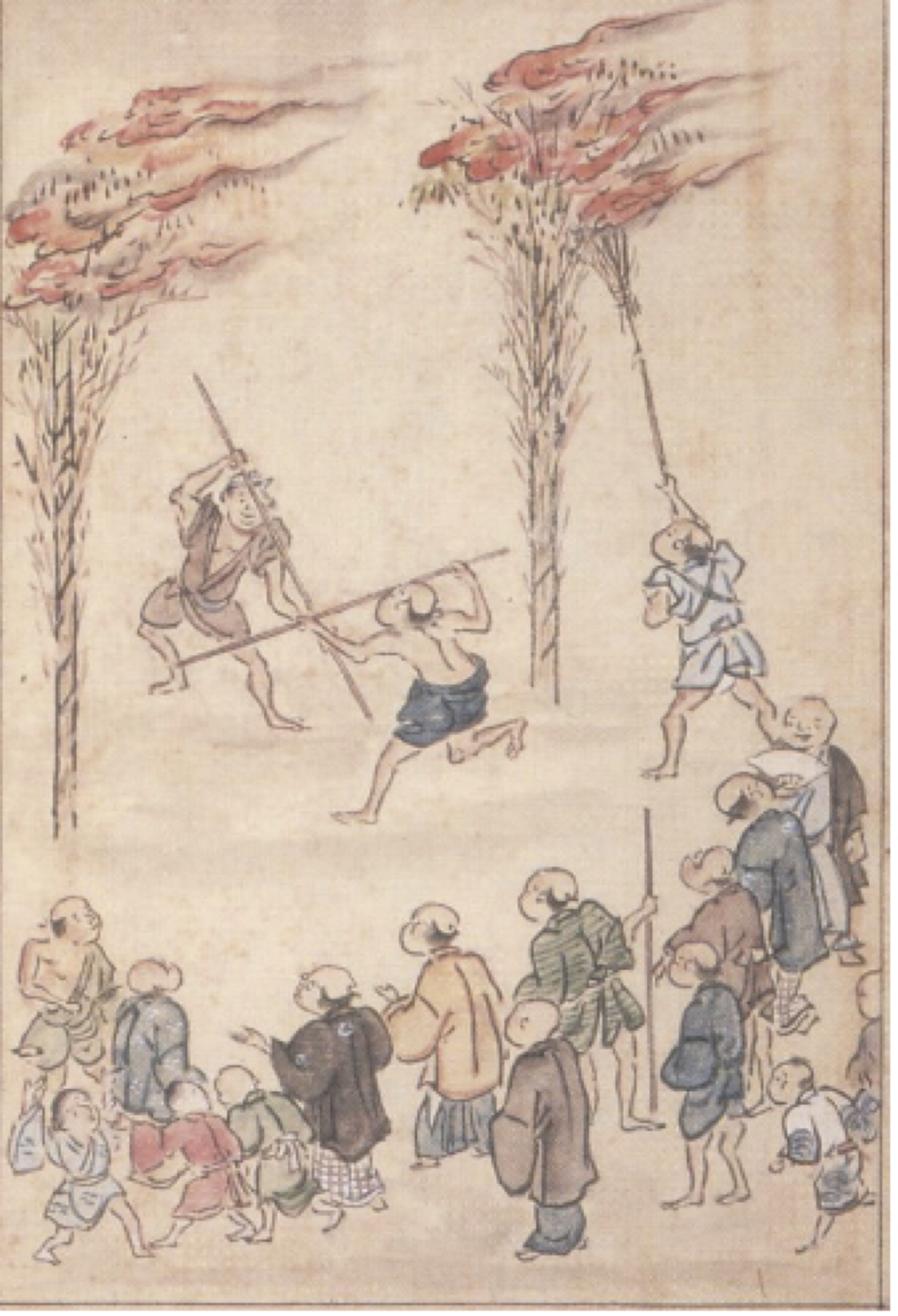BaduanJin 八段錦 (‘eight brocade exercise’) is a classic system of Chinese physical culture. Such systems are generically called qigong. There are an almost innumerable number of qigong sets that integrate, in different proportions, breathwork, stretching, physical exercise and meditative practices. Some are crafted to enhance health; others are for the purpose of developing power or martial arts abilities. Each set can have quite different effects on body and mind. Baduanjin is known to enhance skeletal-muscular fitness and vascular health, as well as enabling practitioners to modulate and control their emotions. The term ‘brocade’ can be interpreted in a variety of ways. One that the author finds most useful is that brocade refers to the body’s web of connective tissue (fascia, ligaments and tendons). These are stretched and strengthened through the integration of specific physical movements with certain breathing techniques.
I have moved this piece, excerpt above, to my Substack, where much of my shorter work, particularly that not directly concerned with martial arts, will be published.
Purchase Books By Ellis Amdur Here
NOTE: IF ANY OF MY READERS HERE FIND THEMSELVES GRATEFUL FOR ACCESS TO THE INFORMATION IN MY ESSAYS, YOU CAN EXPRESS YOUR THANKS IN A WAY THAT WOULD BE HELPFUL TO ME IN TURN. IF YOU HAVE EVER PURCHASED ANY OF MY BOOKS, PLEASE WRITE A REVIEW – THE OPTION IS THERE ON AMAZON AS WELL AS KOBO OR IBOOK. TO BE SURE, POSITIVE REVIEWS ARE VALUABLE IN THEIR OWN RIGHT, BUT BEYOND THAT, THE NUMBER OF REVIEWS BUMPS THE ALGORITHM WITHIN THE ONLINE RETAILER, SO THAT THE BOOK IN QUESTION APPEARS TO MORE CUSTOMERS.

